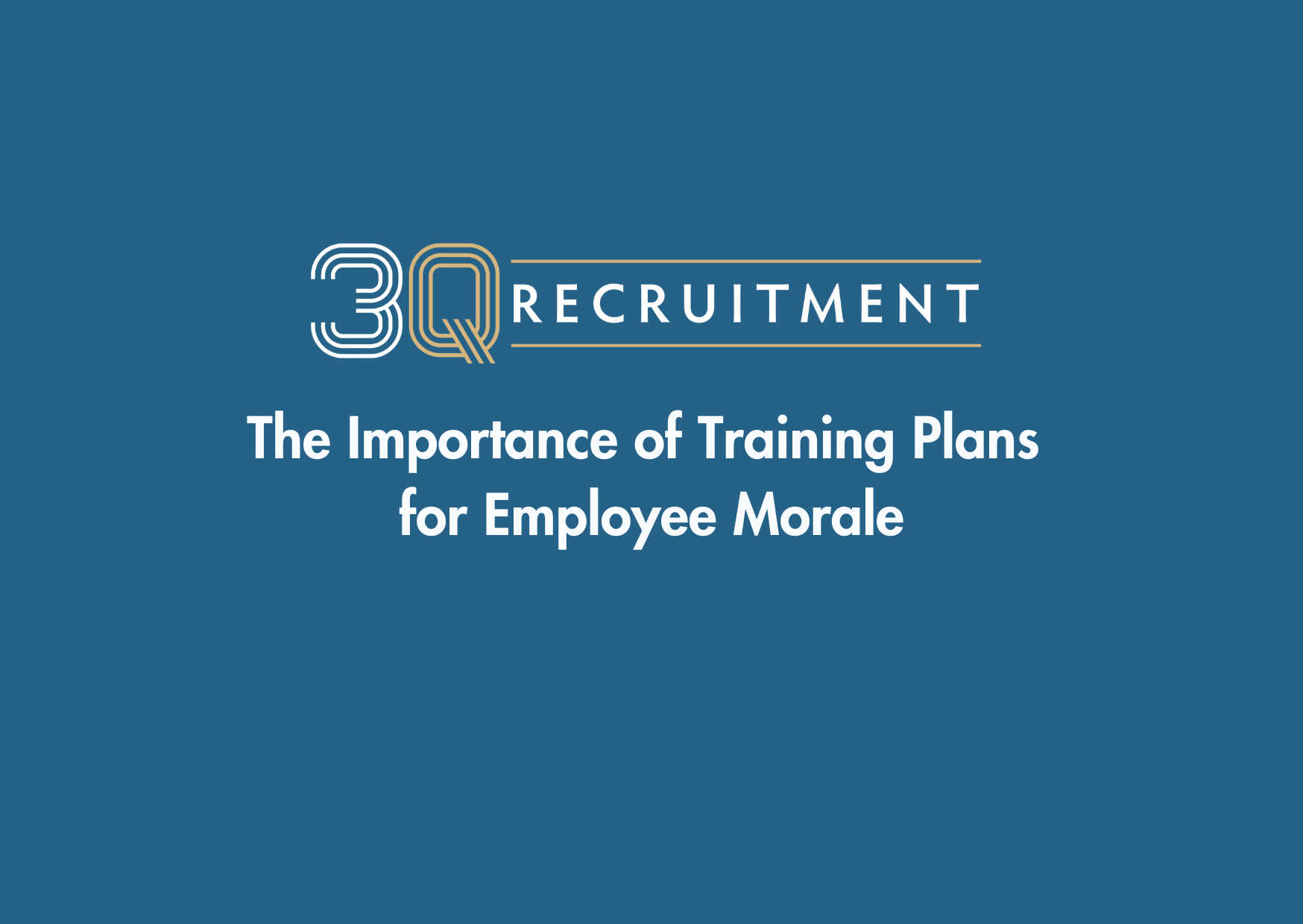The importance of training plans for employee morale cannot be over estimated. Happy employees are motivated employees and this leads straight to your bottom line. Training plans ensure that employees have a better understanding of what is asked of them and ensures that whatever you see as fit for their role, is known to them. It makes employees much more confident in their role and in turn gives you confidence in your employee’s abilities. Here is a few points to think about when adding training to your company.

1. Stress training as investment. The reason training is often considered optional at many companies is because it is thought of as an expense rather than an investment. While it’s true that training can be costly up front, it’s a long-term investment in the growth and development of your human resources.
2. Determine your needs. As you probably don’t have unlimited time or funds to execute an employee training program, you should decide early on what the focus of your training program should be.
3. Promote a culture of learning amongst employees. In today’s fast-paced economy, if a business isn’t learning, it’s going to fall behind. A business learns as its people learn. Communicate your expectations that all employees should take the necessary steps to hone their skills and stay on top of their professions or fields of work. Make sure you support those efforts by providing the resources needed to accomplish this goal.
4. Get management on board. Once you have developed a prioritized list of training topics that address key needs within your company, you need to convince management to rally behind the initiative.
5. Start out small. Before rolling out your training program to the masses, rehearse with a small group of users and gather their feedback. This sort of informal benchmarking exposes weaknesses in your training plans and helps you fine-tune the training process.
6. Clarify connections. Some employees may feel that the training they’re receiving isn’t relevant to their job. It’s important to help them understand the connection early on, so they don’t view the training sessions as a waste of valuable time. Employees should see the training as an important addition to their professional portfolios. Award people with completion certificates at the end of the program.
7. Make it ongoing. Don’t limit training solely to new employees. Organized, ongoing training programs will maintain all employees’ skill levels, and continually motivate them to grow and improve professionally.
8. Measure results. Without measurable results, it’s almost impossible to view training as anything but an expense. Decide how you’re going to obtain an acceptable rate of return on your investment. Determine what kind of growth or other measure is a reasonable result of the training you provide. You’ll have an easier time budgeting funds for future training if you can demonstrate concrete results.
Source: www.allbusiness.com/ten-employee-training-tips-1465-1.html


